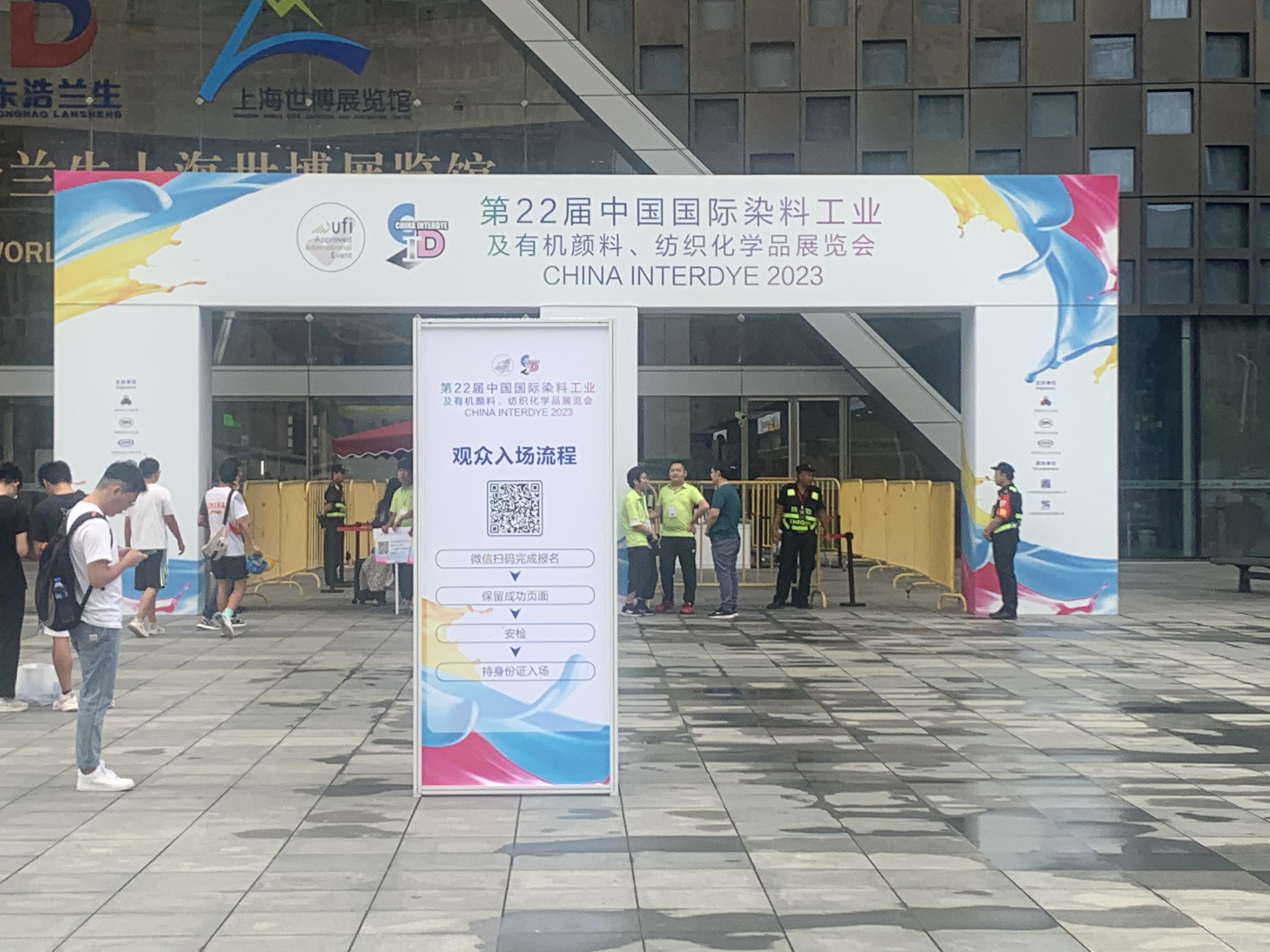The core reason for usingSILIT-SVP Lycra Protection is to solve common challenges faced by denim spandex elastic fabrics during production, processing, and use, such aselasticity loss, yarn slippage, breakage, and dimensional instability. Its benefits can be analyzed from four dimensions:production efficiency, product performance, environmental compliance, and cost control, as detailed below:
I. Production Efficiency: Enhancing Processing Stability
1. Reduced Fabric Waste
- Prevention of Cutting Deformation: Pre-treatment improves fabric dimensional stability, ensuring smooth edges and reducing waste from elastic shrinkage during cutting (especially for complex jean patterns).
- Minimized Washing Damage: Protects spandex during wet processes like desizing and enzyme washing, preventing direct erosion from washing aids (e.g., enzymes, acid/alkali solutions) and reducing post-wash brittleness or breakage.
1. Simplified Process Steps
- Multi-Functional Integration: Solves "anti-slippage + anti-breakage + anti-wrinkle + elasticity protection" needs with a single agent, eliminating the need for additional anti-slip or sizing agents and shortening post-finishing processes.
- Strong Compatibility: Can be used in the same bath as anionic/non-ionic softeners and desizing agents, reducing equipment cleaning frequency and improving production efficiency.
II. Product Performance: Strengthening Core Competitiveness
1. Sustained Elasticity Retention
- Through adual mechanism of fiber internal penetration fixation + surface film protection, it firmly secures spandex filaments and covered yarns during washing to prevent elasticity loss from slippage. Tests show that treated fabrics maintain20%-30% higher elastic recovery rate after 50 standard washing cycles, extending garment lifespan.
1. Enhanced Structural Strength
- Significant Anti-Slippage Effect: Reduces yarn sliding in high-friction/stretch areas (e.g., knee and hip parts of jeans), lowering risks of "white exposure" or holes, especially for high-elasticity fabrics (spandex content >5%).
- Anti-Pilling: Fixes fiber ends to inhibit tangling during washing or wear, improving fabric surface smoothness and meeting high-end denim’s "delicate texture" requirements.
1. Optimized Dimensional Stability
- Pre-treated fabrics show15%-20% lower shrinkage rate under hot-wet conditions, ideal for high-temperature processes (e.g., laser engraving, crimping), reducing "size deviation" complaints in finished products.
.png)
III. Environmental Compliance: Meeting International Standards
1. Free of Prohibited Substances
- Contains no formaldehyde, APEO (alkylphenol ethoxylates), or other substances banned by EU REACH regulations. Certified by OEKO-TEX® Standard 100, it is suitable for export orders to Europe, the U.S., and Japan, avoiding trade barriers.
1. Low-Emission Process
- Water-soluble and biodegradable formula generates no harmful exhaust or wastewater during processing, aligning with China’s "green textile" policies and helping enterprises obtain sustainability certifications.
IV. Cost Control: Long-Term Economic Benefits
1. Reduced Rework and Return Costs
- Lowers customer returns due to insufficient elasticity or post-wash deformation (statistics show "elasticity degradation" accounts for18% of denim return reasons), especially suitable for fast-fashion brands’ "small-batch, quick-response" models.
1. Cost-Effective Usage
- Recommended dosage is only0.5-1.0 g/L, increasing processing cost by about¥5-10 per ton of fabric, but enhancing fabric value by10%-15% (e.g., unit price premium for high-elastic jeans can reach ¥30-50 per piece).
1. Extended Equipment Lifespan
- Reduces dyeing and cutting equipment failures caused by fabric breakage or fiber entanglement, lowering downtime and maintenance costs.

V. Application Scenarios and Typical Customer Benefits
Application Scenario | Pain Points Without Protective Agent | Improvements After Use |
High-elasticity jeans (>8% spandex) | Sagging and bagging at knees after multiple washes | Elasticity retention >90% after 50 washes, crisp appearance |
Laser-engraved/crimped fabrics | Edge shrinkage and pattern distortion after high-temperature treatment | Size deviation <1%, improved engraving precision |
Fast-fashion orders for EU market | Rejection due to APEO residues | Passes EU environmental tests, delivery cycle shortened by 15 days |
High-end custom jeans | Fabric curling and size inconsistency during cutting | Cutting waste reduced from 8% to 3%, manual efficiency improved by 20% |
Conclusion: Core Value Formula
SILIT-SVP Lycra Protection = Improved Production Efficiency + Upgraded Product Quality + Environmental Compliance Assurance - Marginal Cost Increase.For denim fabric manufacturers and apparel brands, this product is not just a "functional additive" to solve technical challenges but a key to building differentiated competitiveness. By securing elasticity, strengthening structure, and adapting to environmental standards, it helps enterprises enter mid-to-high-end markets, undertake high-value orders, and shift from "cost competition" to "technology-driven premium."
Contact Us
Shanghai Vana Biotech Co., Ltd
📍 Address: Room 203, Building 2, No.1588 Huhang Road, Shanghai, China
🌐 Website:www.vanabio.com
📱 WhatsApp: Avery +86 15056351624

.png)


